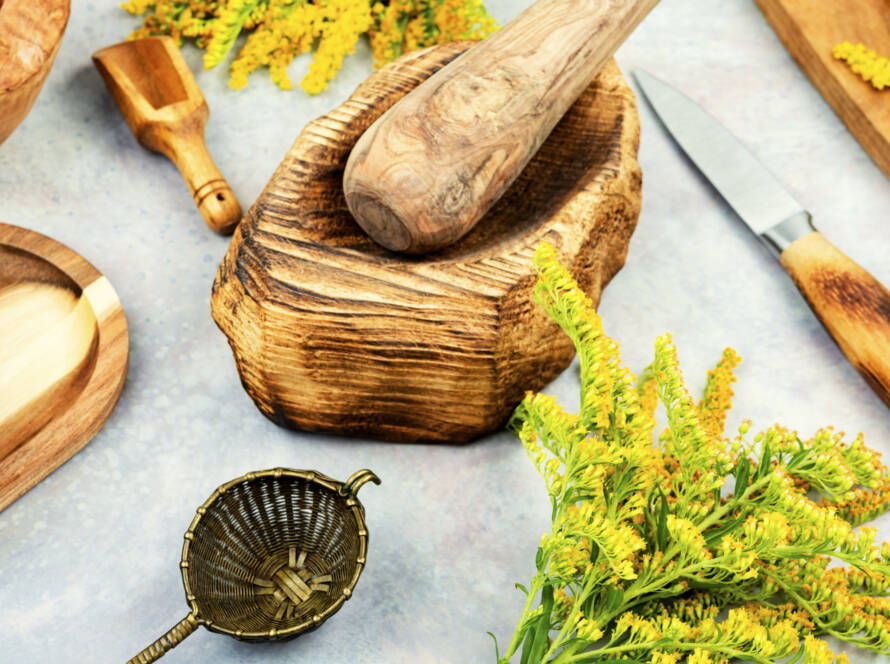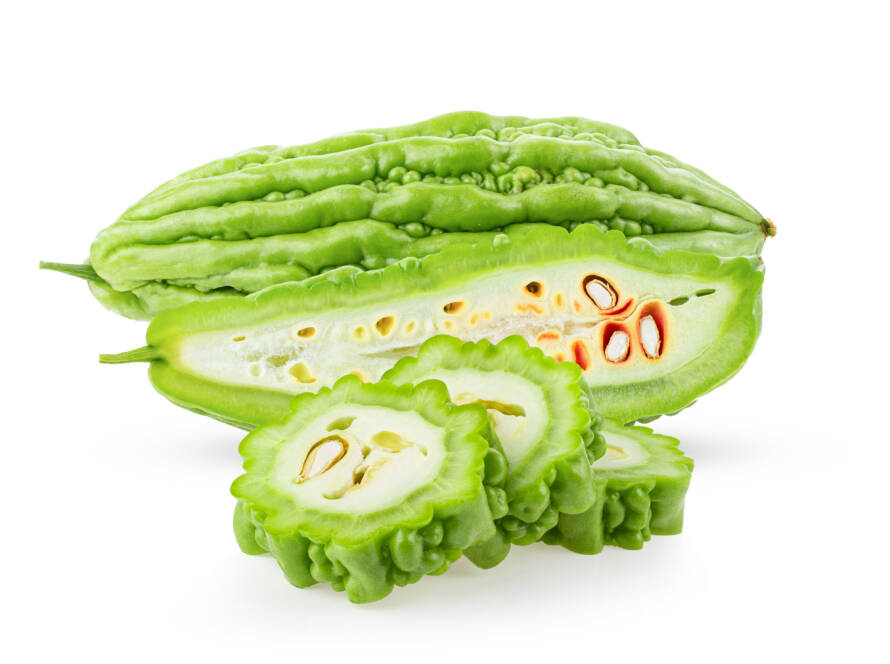Horse Chestnut
Introduction
This fact sheet provides essential information about horse chestnut, including its common names, uses, potential side effects, and resources for further information. Horse chestnut trees are native to the Balkan Peninsula, particularly in countries like Greece and Bulgaria, but are found throughout the Northern Hemisphere. While sometimes referred to as buckeye, it is essential to note that horse chestnut is distinct from the Ohio or California buckeye trees, which belong to a different species.
Common Names
- Horse chestnut
- Buckeye
- Spanish chestnut
Latin Names
- Aesculus hippocastanum
What It Is Used For
- Horse chestnut seeds, leaves, bark, and flowers have been utilized for centuries to address various conditions and diseases.
- Horse chestnut seed extract is commonly used to treat chronic venous insufficiency, where veins struggle to return blood from the legs to the heart. Symptoms include varicose veins, pain, ankle swelling, feelings of heaviness, itching, and nighttime leg cramping.
- Seed extract has also been employed to treat hemorrhoids.
How It Is Used
- The most commonly used form of horse chestnut is the seed extract, which is standardized to contain 16 to 20 percent aescin (escin), the active ingredient. Topical preparations are also available.
What the Science Says
- Small studies indicate that horse chestnut seed extract can effectively treat chronic venous insufficiency, showing results comparable to wearing compression stockings.
- There is insufficient scientific evidence to support the use of horse chestnut seeds, leaves, or bark for other conditions.
Side Effects and Cautions
- Homemade preparations of horse chestnut should be avoided, as raw seeds, leaves, bark, and flowers contain esculin, which is toxic.
- When properly processed, horse chestnut seed extract contains minimal to no esculin and is generally considered safe. However, it may cause side effects such as itching, nausea, or gastrointestinal upset.
- It is essential to inform healthcare providers about complementary and alternative practices to ensure coordinated and safe care.
Sources
- Horse chestnut. Natural Medicines Comprehensive Database (Accessed July 5, 2007).
- Horse chestnut. Natural Standard Database (Accessed July 3, 2007).
- Horse chestnut seed extract. In: Blumenthal M, Goldberg A, Brinckman J, eds. Herbal Medicine Expanded Commission E Monographs. Newton, MA: Lippincott Williams & Wilkins; 2000:201-204.
 NCCAM National Institutes of Health
NCCAM National Institutes of Health


